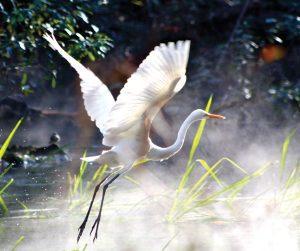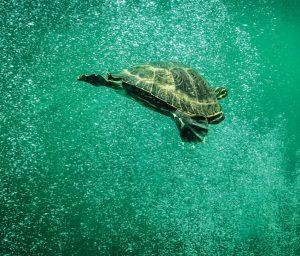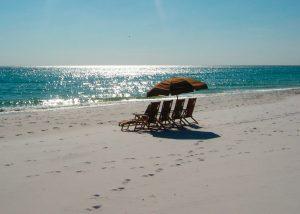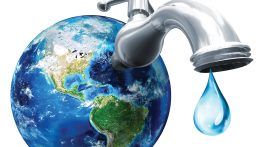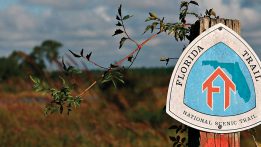For those of you lucky enough to live or vacation in Florida, finding the perfect place for outdoor recreation is just a matter of deciding what region of the state or what body of water you want to enjoy. While the National Recreation and Park Association recognizes the month of July as Park and Recreation Month, Floridians and those visiting are able to enjoy Florida’s state parks and beaches for many more months. For Tallahassee locals, within a matter of hours you can choose to submerge yourself in salty Gulf or refreshing spring water; the choice is yours, and neither will disappoint.
If the salty air and sea breeze are what float your boat, then you should head west of Tallahassee. But first, you’ll need to decide how long of a car ride you want to take. If you’re short on time, then make your way out to Bald Point State Park at Alligator Point where you can swim, kayak, canoe, or windsurf in and along the Apalachee Bay beaches. Bring your fishing pole because if you’re lucky, you might just take home a fish to fry up for dinner.
If you travel a little further west, you will reach Dr. Julian G. Bruce St. George Island State Park, which has been recognized as a three-time top winning beach in America by world-renowned beach critic, Dr. Stephen Leatherman, commonly known as “Dr. Beach”. Here you will encounter emerald green waters that are sure to beckon you to take a dip the moment your feet hit the sand. Among other amenities are several large picnic shelters, which are perfect for an afternoon lunch, as well as the opportunity to go fishing and boating, which is a very popular option amongst beach-goers.
If you are up for a longer drive, or maybe even an overnight campout, there are a few state park beaches along the Gulf, even further west of Tallahassee. These include Grayton Beach and Topsail Hill Beach state parks at Santa Rosa, and Henderson Beach State Park in Destin. All three of these options are approximately two to three hours away and provide clear waters, sugary-white sand, and amazing sunsets that will make you want to come back year-round.
Not into salt water? Not a problem. Just south of Tallahassee is one of the largest and deepest freshwater springs in the world. It is also one of several first magnitude springs, meaning it releases at least 100 cubic feet of water per second, approximately 64.6 million gallons per day. If you decide to go to Edward Ball Wakulla Springs State Park, you’ll be able to cool off in no time as you dive into the constant 70 degree water temperature. If you like this spring, then you should definitely drive a little further west to Ponce de Leon Springs, where the water temperature remains a constant 68 degrees. You won’t even remember that it’s the hot, summer season in Florida!
If you travel east of Tallahassee, there are several more Florida State Park springs where you can beat the summer heat. Madison Blue Spring in Lee, Lafayette Blue Springs in Mayo and Troy Springs in Branford are all first magnitude springs. Wes Skiles Peacock Springs in Live Oak and Ichetucknee Springs in Fort White are other places to seek out during the sweltering summer months. The Ichetucknee Springs is a well-known tubing destination, and was also declared a National Natural Landmark the U.S. Department of the Interior in 1972.
These springs, beaches, and parks mentioned are all spectacular, but there is definitely more where that came from. All of Florida’s 174 state parks and trails offer some of the best recreational activities, wildlife viewing, historical sites and remnants of undeveloped Florida that this state has to offer. To learn more about all of these amazing destinations, visit www.FloridaStateParks.org. ![]()
By Kathalyn Gaither
Florida Department of Environmental Protection



